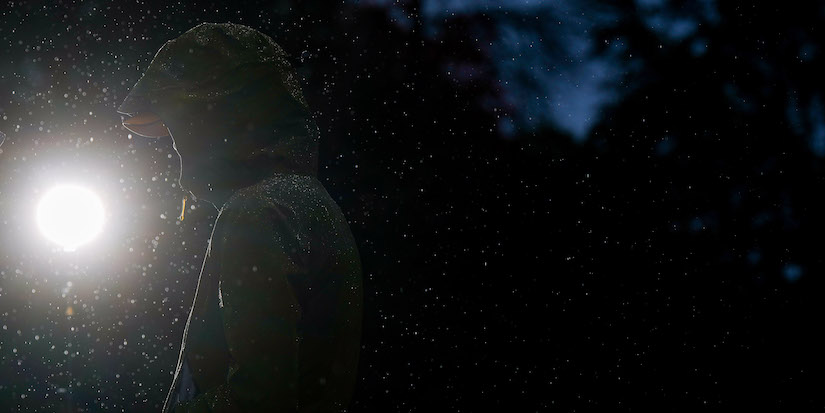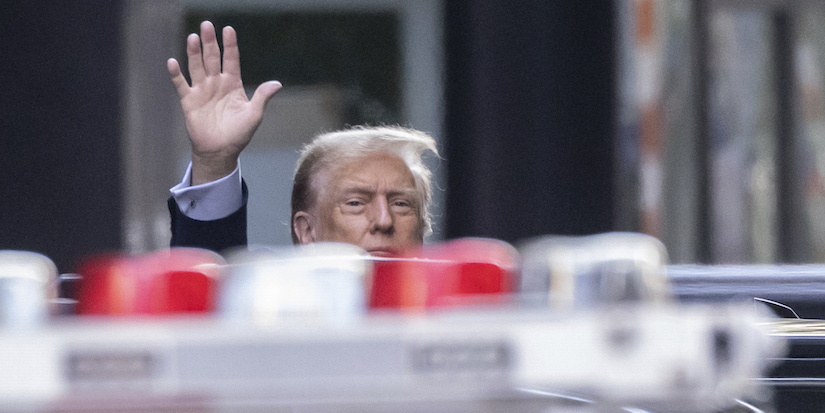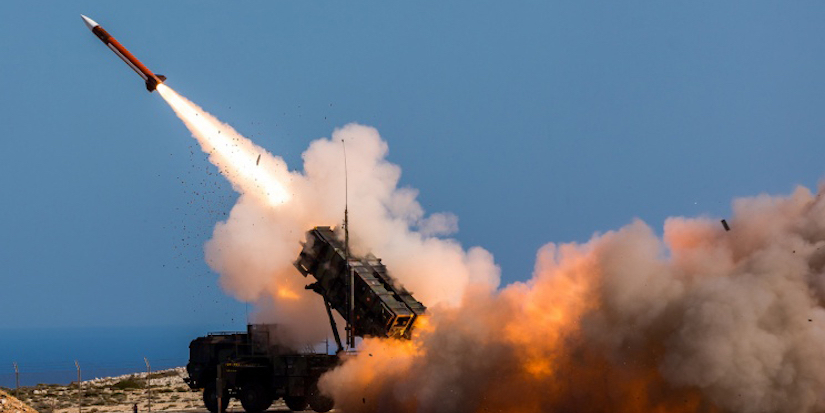Latest News
Movies evolving in Richmond and beyond

—
Movies and theatres have been around for more than 100 years, but are constantly evolving to reach new generations of viewers.
SilverCity Riverport Cinemas in Richmond is one example of a modern movie theatre. But more than 60 years ago, Richmond had a cinema named Lulu Theatre, which was located on No. 3 Road and Westminster Highway.
“The theatre was one of the centrepieces on No. 3 Road (and) one of the venues for recreation,” says city Coun. Bill McNulty. “(The movie equipment was) a 16-millimetre projector on screen with soundtrack. The land was later restored for other development.”
The earliest examples of cinematography can be traced back to 1891. The Edison Company successfully invented a prototype technology called the Kinetoscope, which allowed moving pictures to be viewed by one person at a time.
By 1895, the Lumière brothers from Paris, France were the first to present moving pictures to a paying audience. Instead of using the Kinetoscope, the brothers created their own device called the Cinématographe, which was a combination of a camera, a projector, and a film printer.
At that stage, there were no colours or sounds, merely moving pictures. The short films were shown in music halls, exhibitions, or darkened rooms.
The films’ subjects were limited, often revolving around local activities, foreign lands, short comedies, or newsworthy events. Unlike standalone movies today, early films were usually accompanied by lectures, music, and participation from the audience.
In 1906, colours began to appear in the production of films. Colours other than black and white were created by hand through a process that involved colouring, tinting, toning, and stencilling.
An Englishman named George Albert Smith pioneered the first colour additive process called the Kinemacolor. Kinemacolor works by alternating red and green filters in front of a camera and a projector. This colouring method flourished between 1906 and 1914, before the introduction of the Technicolor process.
Unlike the Kinemacolor process, which alternates between red and green filters, the Technicolor process was able to display two filters at the same time. However, the trade-off of this new colouring method was its complexity and extensive cost.
By 1932, Technicolor introduced a three-colour process that was recognizable by its bright, bold, and highly saturated colours. It was used in films like 1939’s The Wizard of Oz and Gone with the Wind.
In the early 1930s, adding synchronized sounds to projected pictures was considered a breakthrough of its time. However, the system in place soon proved to be unreliable and was ultimately replaced by an optical, variable density soundtrack.
By the mid-1930s, nearly all films incorporated synchronized sounds, and some even had full colours. This era was also deemed the “Golden Age of Hollywood” by the American film industry.
Thanks to the rapid advancement of new technologies, going to the cinema became a popular form of entertainment. Some theatres, also known as “super” cinemas or “picture palaces” also offered extra services, and were accompanied by cafés and ballrooms.
This led some people to go to the theatre twice per week, and it soon became one of the most popular activities. According to the United Kingdom's National Science and Media Museum, 1946 marked the highest number of cinema attendees in Britain’s history, with over 31 million visits each week.
However, according to the museum’s website, the rise of televisions, computers, and tablets meant that cinema attendance never again managed to reach its former glory. The convenience of these different channels of entertainment gradually led to the downfall of theatre attendance.
Inflation and ticket prices also played a huge role in bringing down the number of movie-goers. In the 1930s, it only cost 25 cents to go see a movie, whereas a ticket now costs around 15 dollars.
However, services have evolved tremendously since the introduction of modern movie theatres. Aside from popcorn and drinks, many theatres now offer new features to enhance the viewing experience. The haptic D-BOX technology is immersive and realistic, and the personalized V.I.P. experience includes food and drinks brought to your seat.
Although Hollywood remains the bellwether of the movie industry, more and more movies are now being filmed in different countries. Richmond has played host to a number of film sets including Charlie St. Cloud (2010), Deadpool (2016), and Power Rangers (2017).































